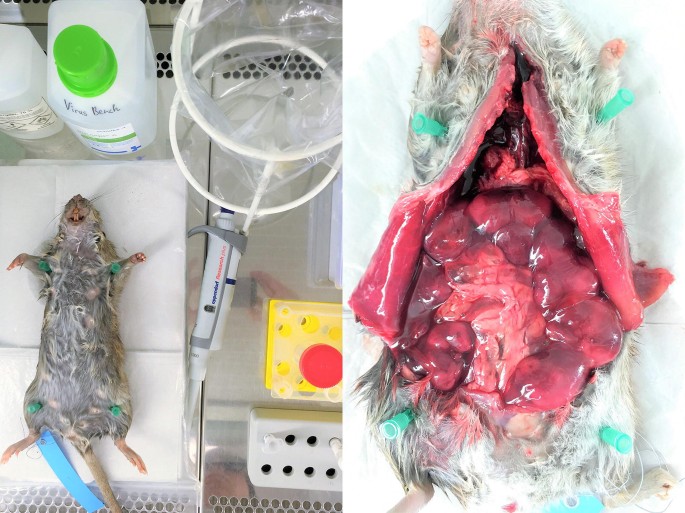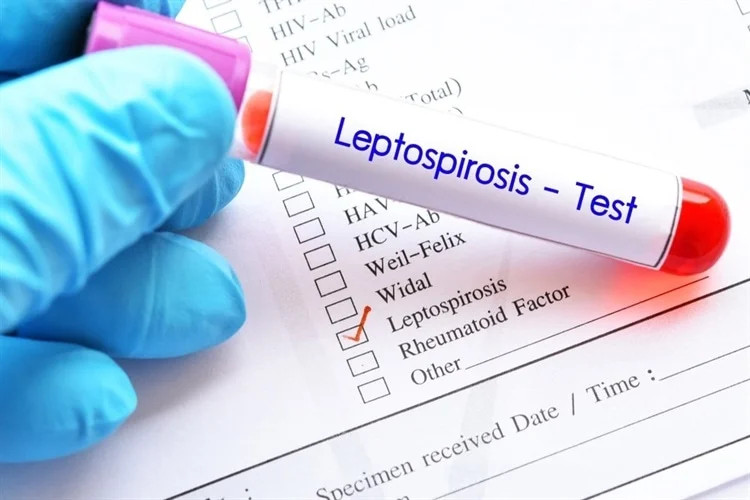The detection and characterization of zoonotic Bartonella spp. in rodents, shrews, and their ectoparasites are essential for public health risk assessment, disease surveillance, reservoir identification, and the development of effective control strategies, as well as adopting a comprehensive One Health strategy to prevent and control infectious diseases.
Identification of zoonotic Bartonella spp. in rodents and shrews helps assess the potential risk of transmission to humans. Understanding the prevalence and diversity of these pathogens informs public health strategies. Studying Bartonella in its natural hosts and vectors provides insights into the complex dynamics of zoonotic transmission. This information is crucial for predicting and preventing spillover events from animals to humans.
Knowledge about the presence and diversity of Bartonella spp. in rodents, shrews, and their ectoparasites enables the development of targeted preventive measures. This may include vector control, public awareness campaigns, and appropriate medical interventions.
 Surveillance of Bartonella in rodents and shrews contributes to the early detection of emerging infectious diseases. Monitoring changes in the prevalence and distribution of these pathogens aids in developing targeted intervention strategies. Rodents and shrews often serve as reservoirs for zoonotic diseases. Detecting Bartonella spp. in these animals helps identify potential sources of infection and allows for targeted control measures to mitigate the risk of human exposure.
Surveillance of Bartonella in rodents and shrews contributes to the early detection of emerging infectious diseases. Monitoring changes in the prevalence and distribution of these pathogens aids in developing targeted intervention strategies. Rodents and shrews often serve as reservoirs for zoonotic diseases. Detecting Bartonella spp. in these animals helps identify potential sources of infection and allows for targeted control measures to mitigate the risk of human exposure.
Characterizing Bartonella in ectoparasites, such as fleas and ticks, enhances our understanding of vector-borne disease dynamics. This knowledge is critical for developing effective control strategies and preventing the spread of infections. Investigating zoonotic Bartonella provides valuable scientific insights into the biology and ecology of these pathogens. This knowledge contributes to ongoing research efforts aimed at developing new diagnostic tools, treatments, and vaccines.
The study of zoonotic Bartonella involves a One Health perspective, recognizing the interconnectedness of human, animal, and environmental health. Integrating information from diverse disciplines helps address complex health challenges more comprehensively.
Scientist from Sokoine University of Agriculture (SUA) in the Department of Animal, Aquaculture and Range Sciences, Department of Wildlife Management and Tourism, Institute of Pest Management, and outside SUA from Mkwawa University College of Education, Tanzania Livestock Research Institute and Division of Science, Technology, and Innovation at the Ministry of Education, Science, and Technology, conducted research on “Detection and Characterization of Zoonotic Bartonella spp in Rodents and Shrews Ectoparasites from Kigoma and Morogoro Regions-Tanzania”

For more details Visit:
Mhamphi, G.G., Msoffe, V., Lyimo, C.M., Katakweba, A.S., MassaweA.W., Komba, E.V.G, Mnyone, L.L. (2023). Detection and Characterization of Zoonotic Bartonella spp in Rodents and Shrews Ectoparasites from Kigoma and Morogoro Regions-Tanzania. Mammalia https://doi.org/10.1515/mammalia-2023-0072
Krügel, M., Pfeffer, M., Król, N., Imholt, C., Baert, K., Ulrich, R.G. and Obiegala, A., (2020). Rats as potential reservoirs for neglected zoonotic Bartonella species in Flanders, Belgium. Parasites & vectors, 13, pp.1-12.
The Department of Animal, Aquaculture, and Range Sciences
The College of Agriculture, Sokoine University of Agriculture
Share this page




